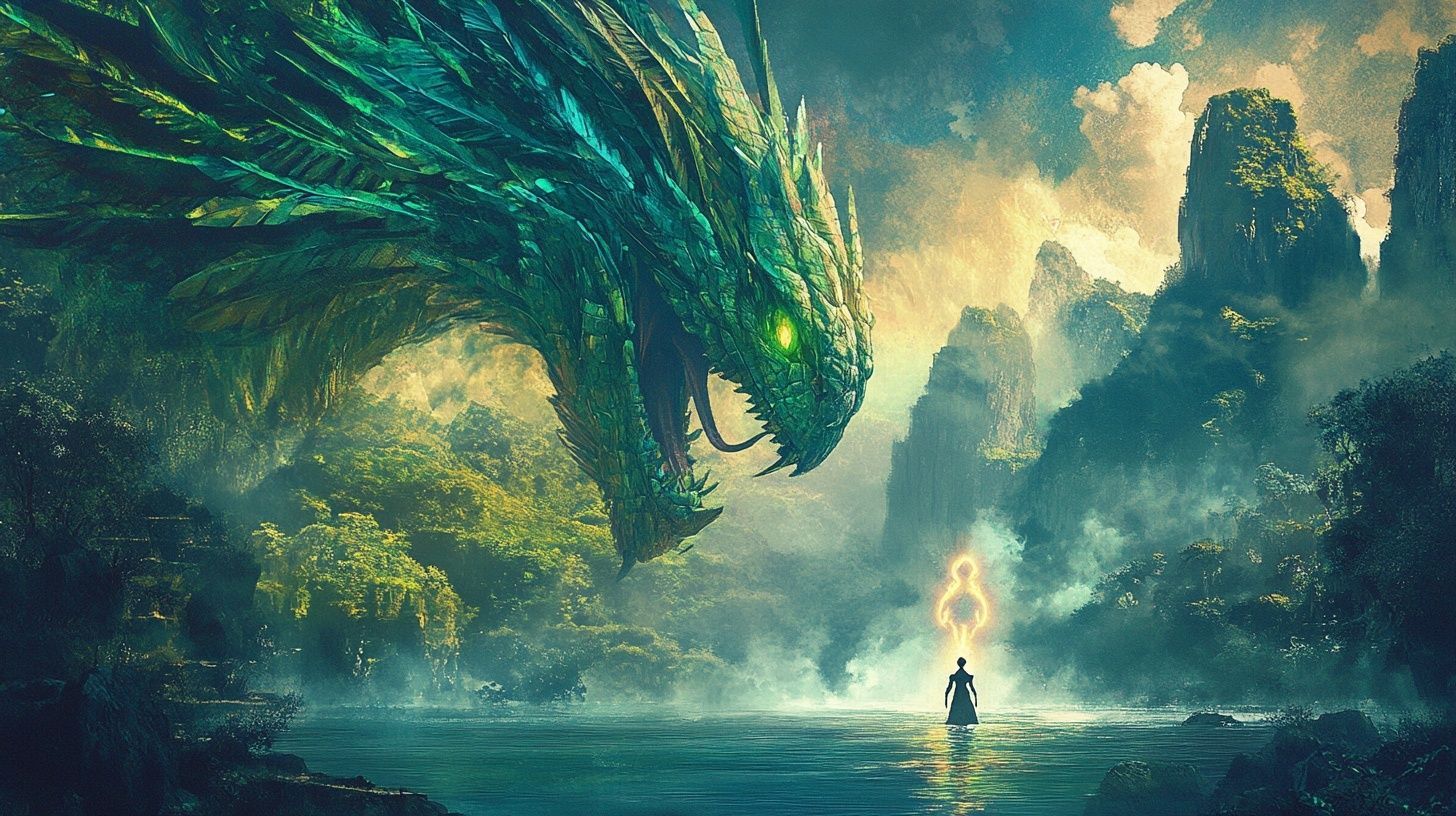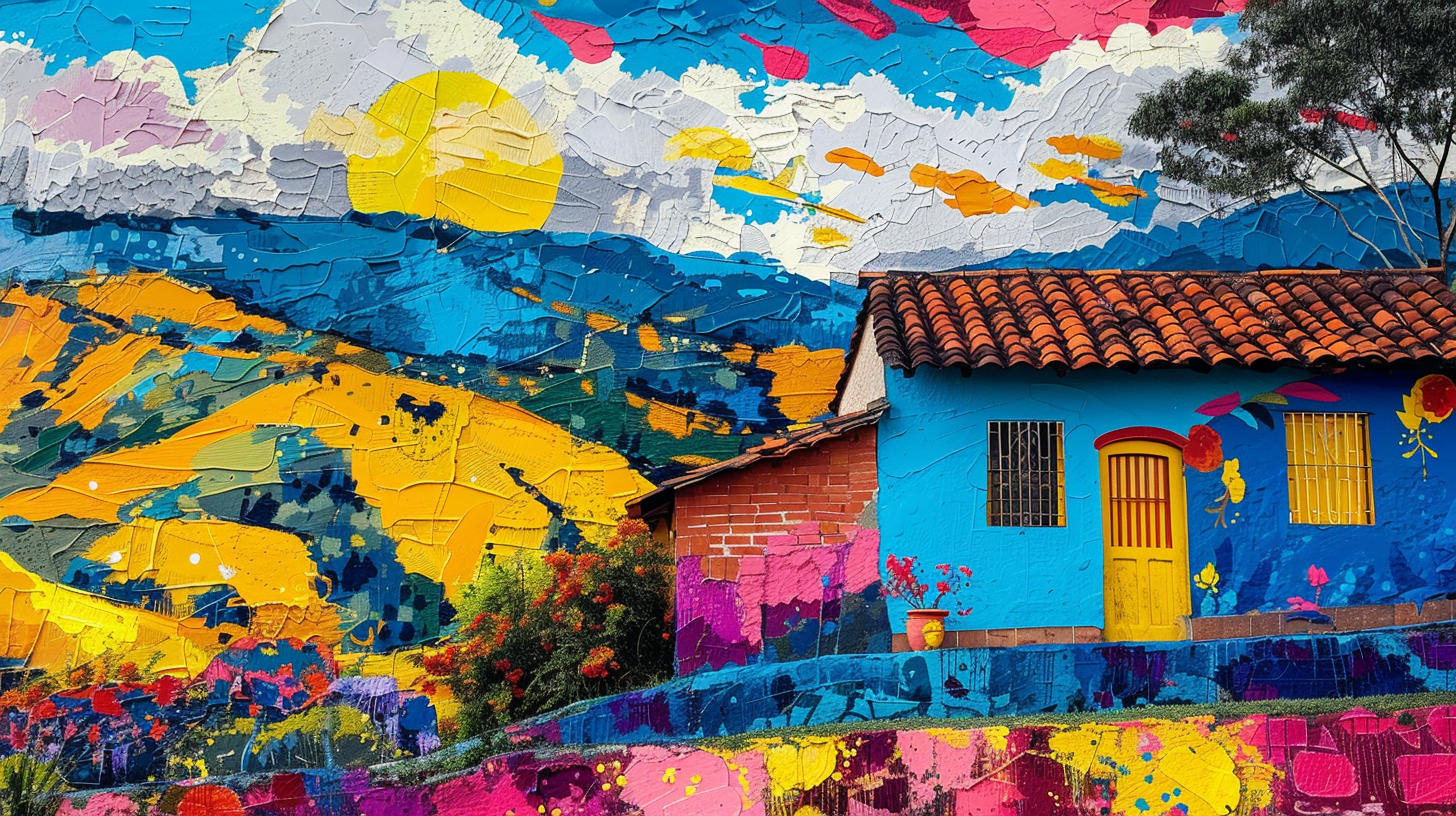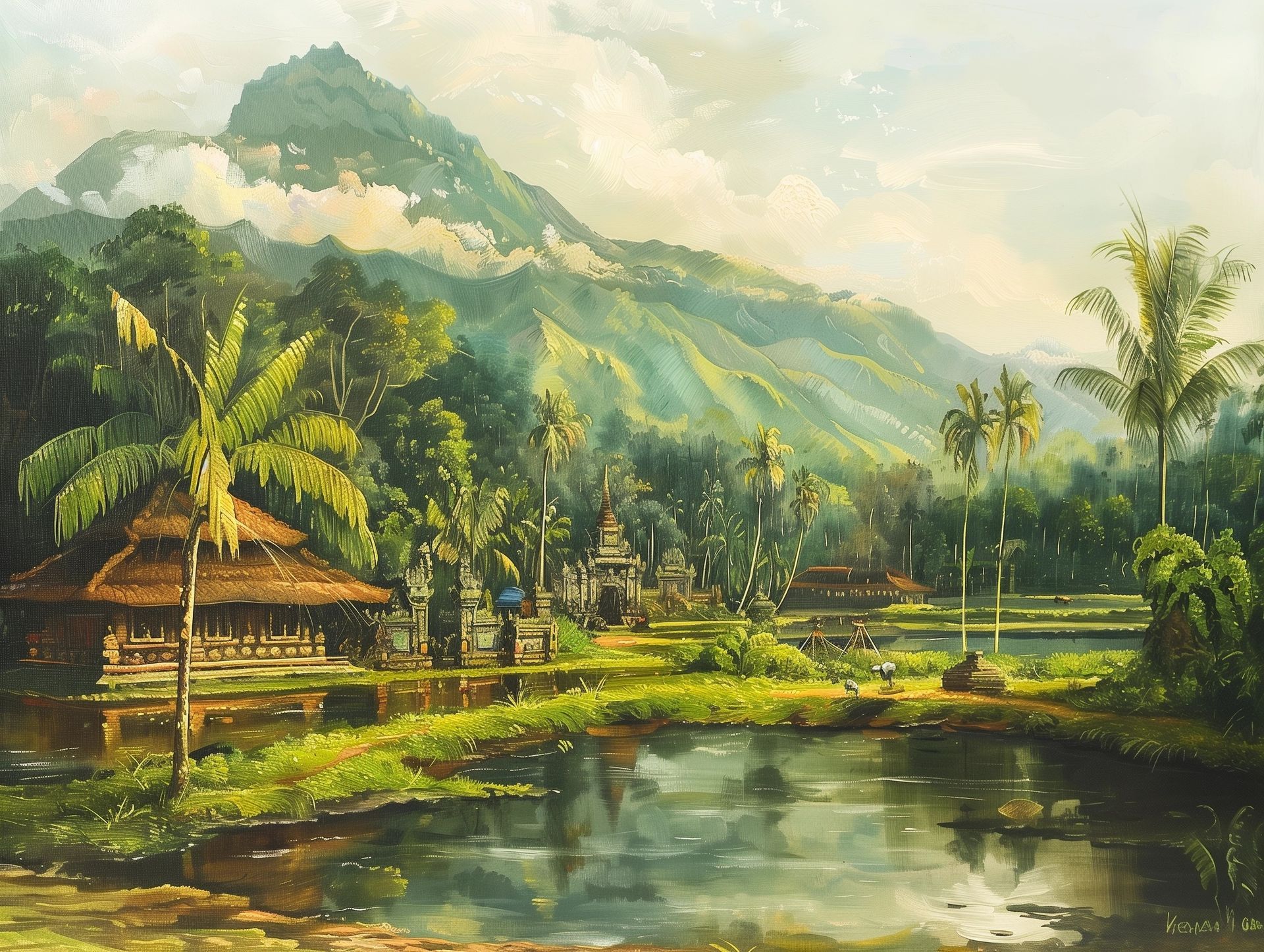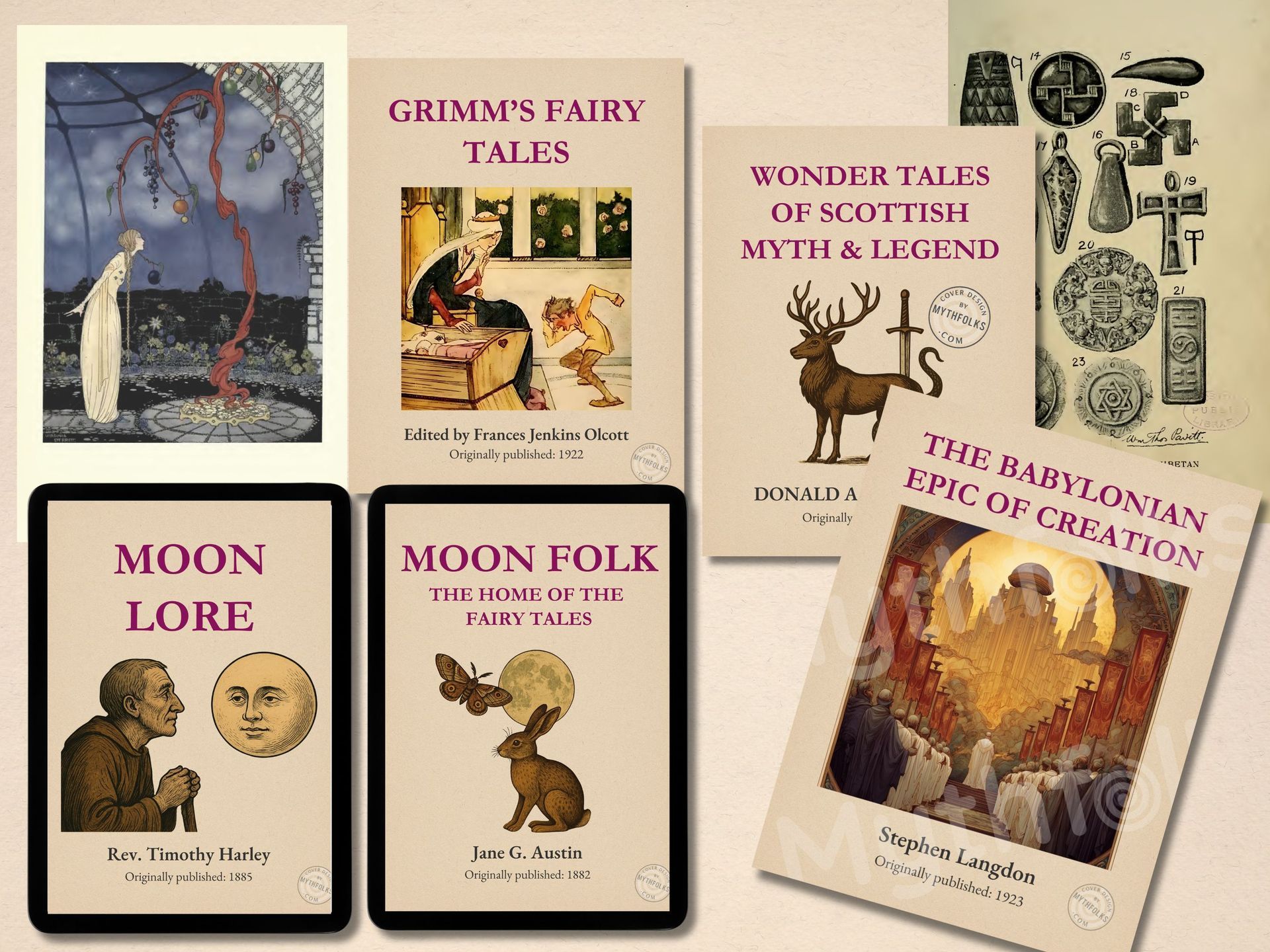10 tales of Mayan folklore & 5 valuable modern lessons
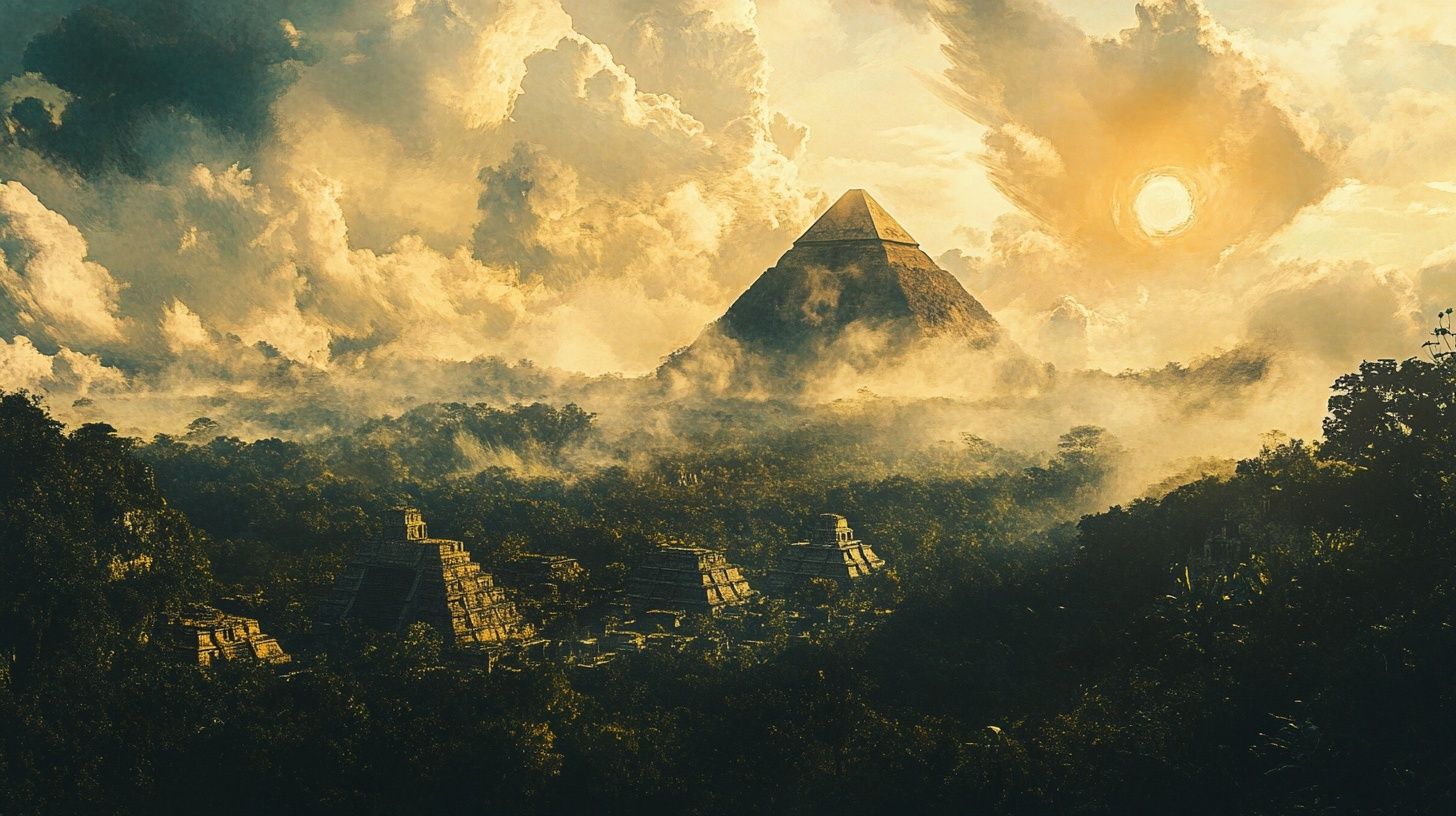
In this article:
- The creation story: Popol Vuh
- Hunahpu and Xbalanque, the Hero Twins
- The Legend of the Aluxes
- Ix Chel, the Goddess of Childbirth, Water & Weaving
- The Jaguar God of the Underworld
- The Dance of the Owls
- The Myth of Itzamna
- The Dwarf of Uxmal
- The Camazotz - the Death Bat
- The Ahuizotl - the Water Crytpid
- 5 valuable modern lessons we can all learn from Mayan folklore
The ancient Maya civilization was renowned for its sophisticated culture and advanced knowledge in astronomy and architecture.
Along the way, countless folklore tales have endured that offer deep insights into Maya beliefs, values and their understanding of the world.
Let’s take a look at some of the stories that have shaped Mayan folklore and learn more about their very relevant takeaways for modern life.
Updated: 1st Oct 2025
Author: Sian H.
1. The creation story: Popol Vuh
One of the most significant pieces of Maya literature is the Popol Vuh, often referred to as the Mayan creation myth.
This epic narrative outlines the creation of the world, the gods and the first humans. According to the Popol Vuh, the gods attempted to create human beings several times before achieving success.
The initial attempts, made from mud and wood, failed as these beings lacked souls and intellect. Eventually, humans were created from - of all things - maize dough, symbolizing the Mayan staple crop and their connection to the earth. (Was this the original inspiration for the Pillsbury Doughboy?).
The Popol Vuh is a cultural cornerstone that has influenced countless aspects of Mayan life, from rituals and ceremonies to everyday practices.
It provides a cosmological framework that helps explain natural phenomena and human experiences, linking the mundane to the divine.
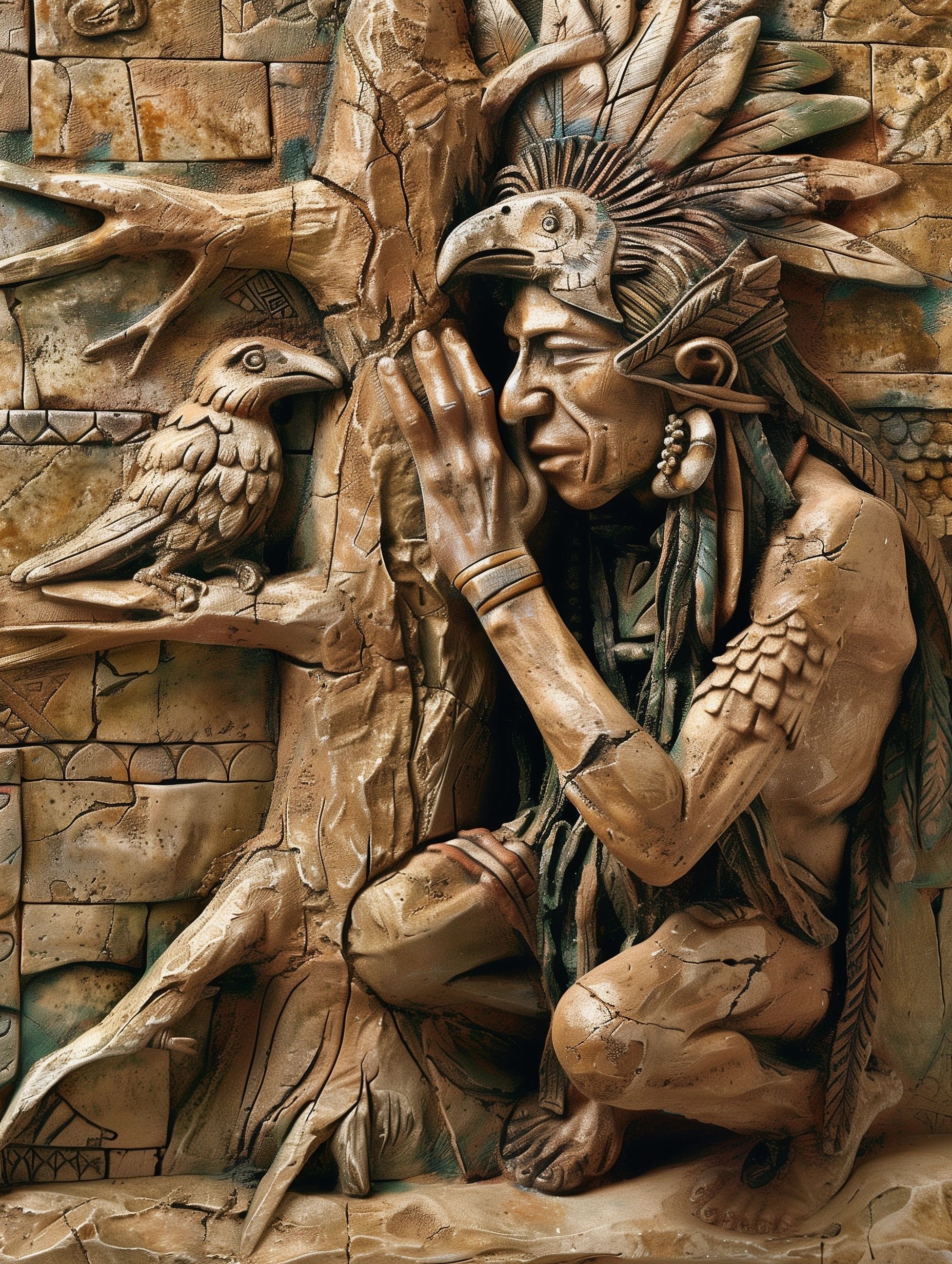
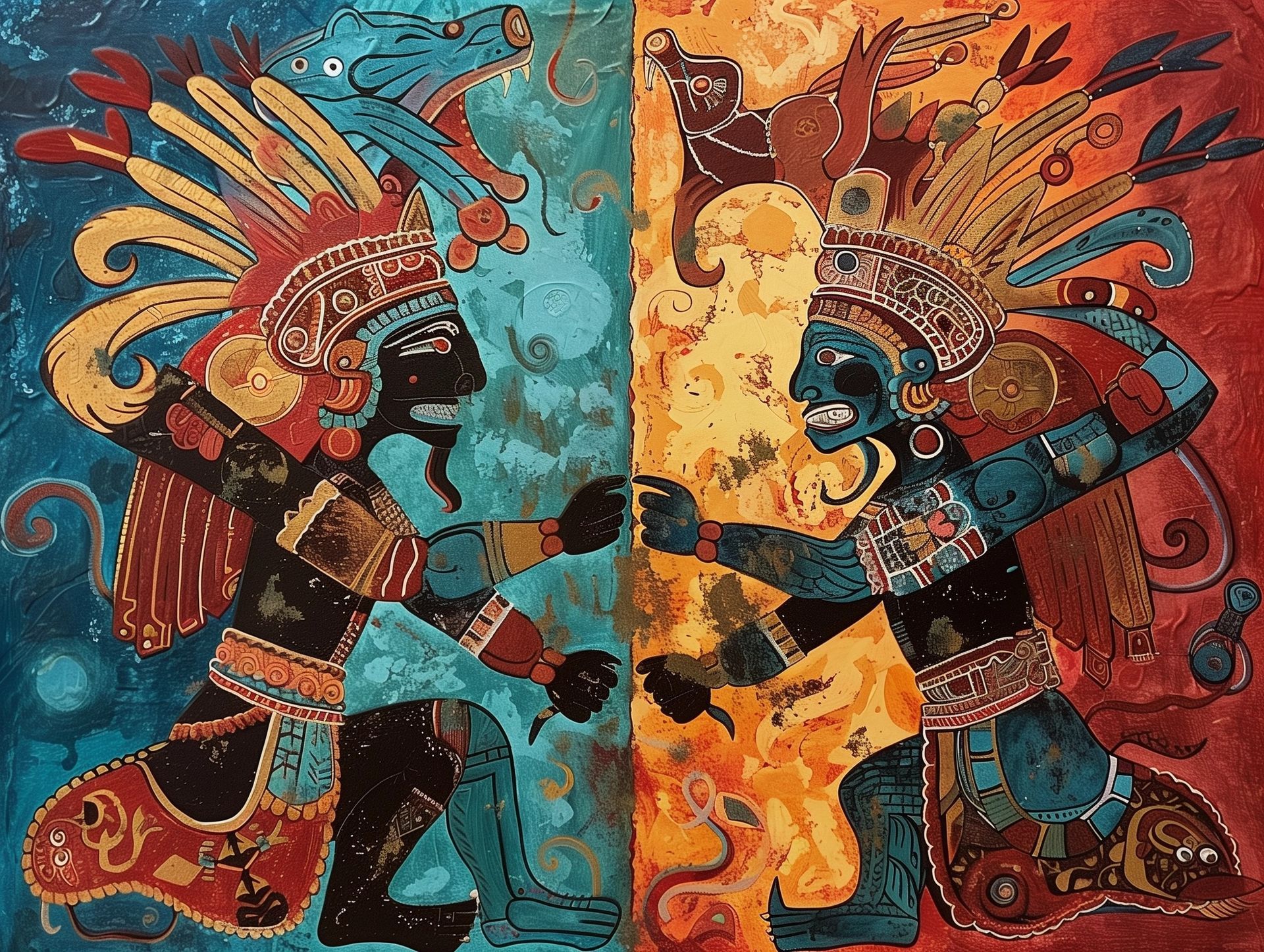
2. Hunahpu and Xbalanque, the Hero Twins
The story of the Hero Twins, Hunahpu and Xbalanque, is central to the Popol Vuh and a long, dark and twisty ride. But in a nutshell...
The background of an immaculate conception
Hunahpu and Xbalanque were born to Xquic, a young maiden, and warrior, Hun Hunaphu. So far, so normal legend. But wait for it…
Sometime before the twins birth, Hun Hunahpu and his brother, Vucub Hunahpu, disturbed the Lords of Xibalba with their noise (Xibalba is the Mayan underworld, a place of darkness and death, ruled by fearsome deities or "Lords").
The Lords of Xibalba invited these brothers to the underworld for a ball game (not quite baseball, see the next section for more) and through a series of tricks, managed to defeat and sacrifice them.
Hun Hunahpu's head was placed in a calabash tree, where it became intertwined with the tree's branches, bearing fruit and becoming a supernatural artifact.
Xquic, a maiden and the daughter of one of the Lords of Xibalba, was intrigued by the mysterious tree and its fruits.
Drawn to the tree, she approached it and reached out for one of the fruits. Hun Hunahpu's severed head spoke to her and spit into her hand. This act miraculously impregnated Xquic. Wait...what? I know!
Despite the bizarre circumstances, Xquic soon realized she was carrying the children of Hun Hunahpu.
This conception, without any conventional physical union, imbued the twins with extraordinary qualities from birth.
Let's not worry about the confusion that might have surrounded procreation for a while there...
The Hero Twins ball game with the Lords of Xibalba
So the magical Hero Twins are born and these rascals become best known for their prowess in playing the Mesoamerican ball game (the same ball game referenced above that their father enjoyed).
Think of the ballgame like a mix of soccer and basketball (and possibly a touch of croquet for any British readers).
Players used their hips, forearms and thighs to hit a heavy rubber ball, aiming to pass it through stone hoops on a court.
Courts varied in size and design but typically consisted of a long, narrow playing field with sloped walls and could be I-shaped, with two parallel walls and end zones, or other variations.
The ball game was more than just a sport though; it was a multifaceted activity that embodied the religious, social and political life of ancient Mesoamerican civilizations.
And so the twins played. A lot. At some point, their incessant playing disturbed the Lords of Xibalba and, following directly in their father's footsteps, the Lords challenged the twins to a series of trials and games in the underworld.
- The Defeat of Vucub Caquix - before their descent into Xibalba, the twins defeated Vucub Caquix, a vain bird demon who falsely claimed to be the sun and moon. Using cunning and ingenuity, they shot Vucub Caquix with a blowgun, causing him to lose his powerful jeweled teeth, the source of his strength.
- The Journey to Xibalba - Hunahpu and Xbalanque descended into the underworld, encountering and outwitting many dangers, including the Dark House, Rattling House, Cold House, Jaguar House, Fire House, and Bat House. Each house presented a deadly challenge, but the twins used their wits and supernatural abilities to survive.
- The Ball Game - the climax of their trials was the ball game against the Lords of Xibalba. Despite the treacherous tricks and powerful opponents, the twins ultimately emerged victorious, defeating the lords through clever strategies and resilience.
Transformation and resurrection of Hunahpu and Xbalanque
The Hero Twins' journey culminated in their own deaths and miraculous resurrection.
The Lords of Xibalba managed to kill Hunahpu and Xbalanque by trickery, but the twins, through their understanding of life and death, resurrected themselves. This act of transformation solidified their role as symbols of rebirth and renewal.
In their final triumph, Hunahpu and Xbalanque ascended to the heavens, becoming the sun and the moon.
This celestial transformation signified the ultimate victory over the forces of darkness and chaos, establishing them as eternal protectors and guiding lights for humanity.
The story of the Hero Twins is deeply symbolic, illustrating themes of duality (life and death, light and darkness), the importance of intelligence and cunning, and the cyclical nature of life.
Their adventures and trials resonate with the Mayan worldview, emphasizing the interconnectedness of the earthly realm, the underworld and the cosmos.
The Hero Twins' legacy lives on in Mayan culture, not only through the "Popol Vuh" but also in various artistic representations, rituals and oral traditions that continue to celebrate their heroic deeds and enduring influence.
3. The Legend of the Aluxes
These are small, elf-like beings believed to inhabit the forests, caves and fields. According to tradition, Aluxes are protectors of nature and can be both benevolent and mischievous. Farmers often leave small offerings to appease them and seek their protection for crops.
Aluxes are said to help those who respect the land but can cause trouble for those who exploit or harm it.
This legend reflects the Mayan respect for nature and the belief in a harmonious relationship between humans and the environment. It also serves as a reminder of the importance of sustainable practices and environmental stewardship.
The Aluxes' role as protectors also extends to sacred sites. It’s believed they guard ancient ruins and temples, ensuring that these places of cultural and spiritual significance remain undisturbed.
This aspect of the legend underscores the Mayan worship of their ancestors and their heritage, highlighting the importance of preserving history for future generations.
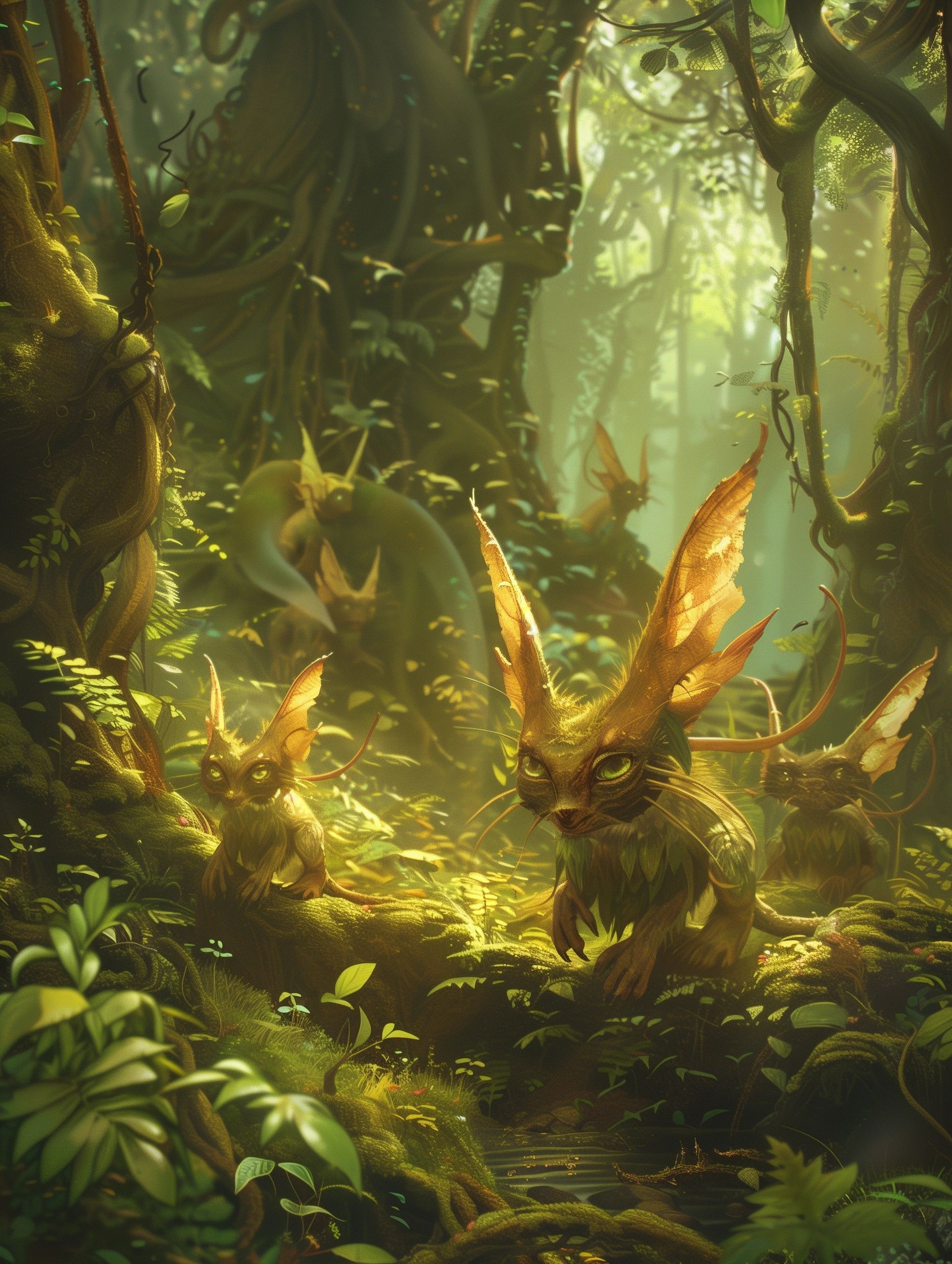
4. Ix Chel - the complex goddess of weaving, childbirth, water - and the moon (sort of)
One of the most important and multifaceted goddesses in the Mayan pantheon, Ix Chel was primarily worshipped as the patroness of childbirth, medicine and weaving, an art she was said to have invented.
Also known by the names Lady Rainbow and Goddess Q, Ix Chel embodied a powerful duality (this is common of many gods in different mythologies including the deities of Ancient Babylonia). So while she was a kind healer, she also possessed a terrifying and destructive side, held responsible for devastating floods and sometimes depicted as a fearsome old woman with snakes in her hair and claws on her hands.
For a long time, Ix Chel was simply called the "Moon Goddess." But some modern experts view this as an oversimplification. The confusion arises because the Maya had two distinct figures connected to the moon: the beautiful young maiden seen in Classic-era art who is unambiguously the Moon Goddess and the powerful old crone figure named Ix Chel.
While there's no direct proof linking the two, scholars have made a strong inference based on shared themes. The old goddess Ix Chel is associated with water (floods) and feminine cycles (childbirth), which overlap with the moon's association with water (tides) and its own monthly cycle.
This has led to the generally accepted theory that these two figures are two sides of the same coin, representing the different phases of the moon: the youthful, life-giving waxing moon and the powerful, sometimes destructive, waning moon.
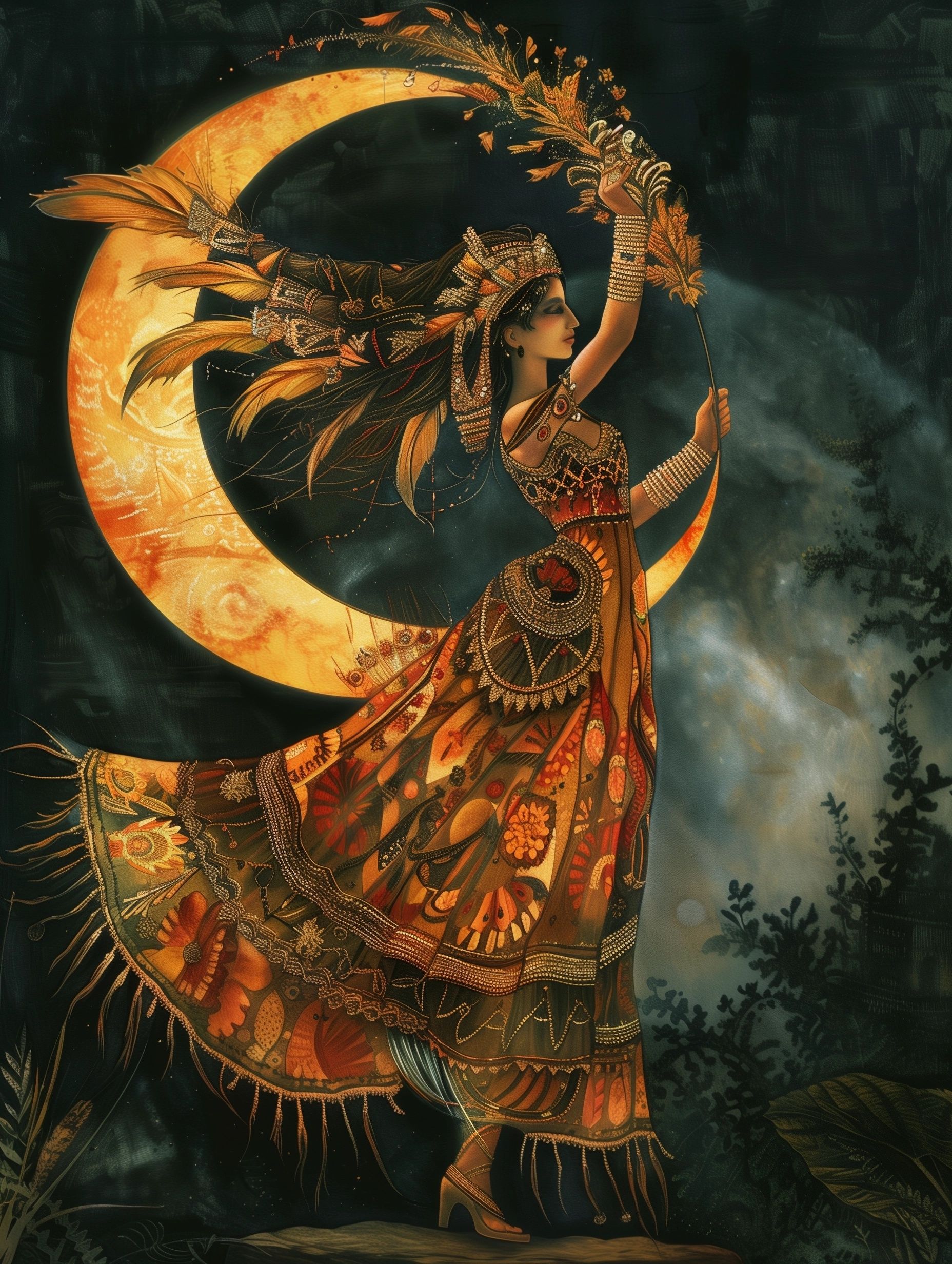
5. The Jaguar God of the Underworld
In addition to their heroic adventures, the Hero Twins from Mayan mythology, Hunahpu and Xbalanque, are also revered figures associated with powerful deities.
One of the most significant aspects of Xbalanque's character is his embodiment of the jaguar god—a revered deity symbolizing strength, agility, and spiritual prowess in Mayan culture.
The Jaguar God represents the underworld, night and warfare. Jaguars, revered for their strength and nocturnal prowess, symbolize power and fear. The Jaguar God is often depicted in ancient art as a formidable warrior and protector.
This deity’s stories often involve journeys to the underworld and battles against dark forces, symbolizing the Mayan belief in the cyclical nature of life and death. The Jaguar God’s tales serve to inspire courage and honor among warriors, emphasizing the virtues of bravery and sacrifice.
The Jaguar God is also linked to shamanic practices. Shamans, who acted as intermediaries between the human and spirit worlds, often invoked the Jaguar God during their rituals.
This connection highlights the importance of spiritual leaders in Mayan society and their role in maintaining the balance between the physical and spiritual realms.
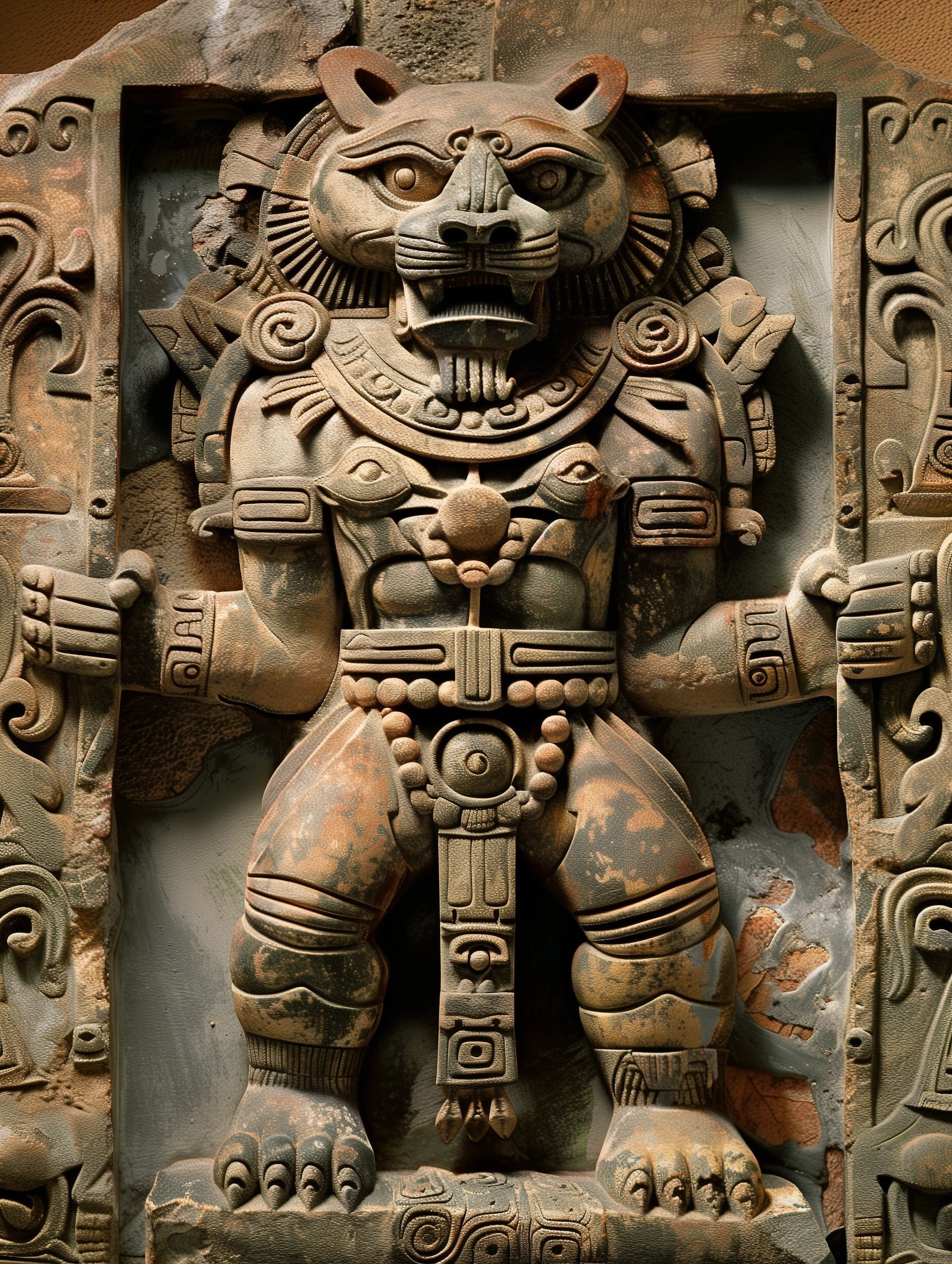
6. The Dance of the Owls
One lesser-known Mayan folktale is the Dance of the Owls, a ceremonial dance that honors and embodies the essence of owls, revered for their nocturnal wisdom and connection to the spirit world.
Mayan dancers, adorned in costumes resembling owls with feathered attire and symbolic headdresses, perform rhythmic movements that emulate the graceful flight and mysterious nature of these birds.
This ritual is believed to invoke spiritual guidance and harmony with the natural and supernatural realms, reflecting the Maya's deep reverence for the natural world and their belief in the transformative power of ritual dance.
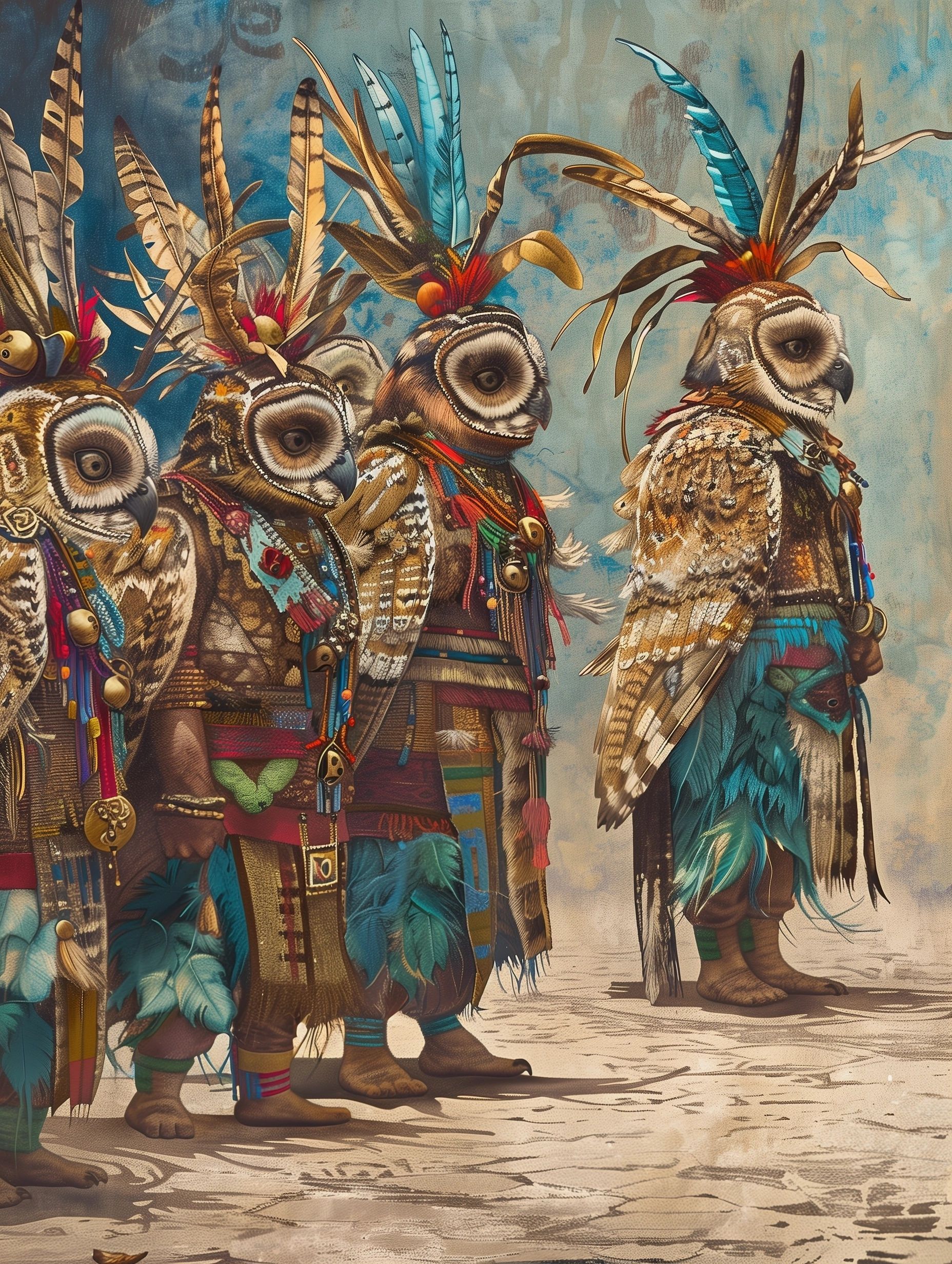
7. The Myth of Itzamna
Itzamna, one of the principal gods of the Mayan pantheon, is less well-known outside academic circles but plays a vital role in Mayan cosmology.
He is considered the god of creation, wisdom and knowledge. Itzamna is often depicted as an old man, signifying his ancient wisdom and connection to the creation of the world.
Itzamna's myths include his role in teaching humans about writing, medicine and other crucial aspects of civilization.
He's also linked with the invention of the Mayan calendar, demonstrating his importance in maintaining cosmic order and harmony.
His wife, Ix Chel, further complements his role, emphasizing the balance between male and female energies in the universe.
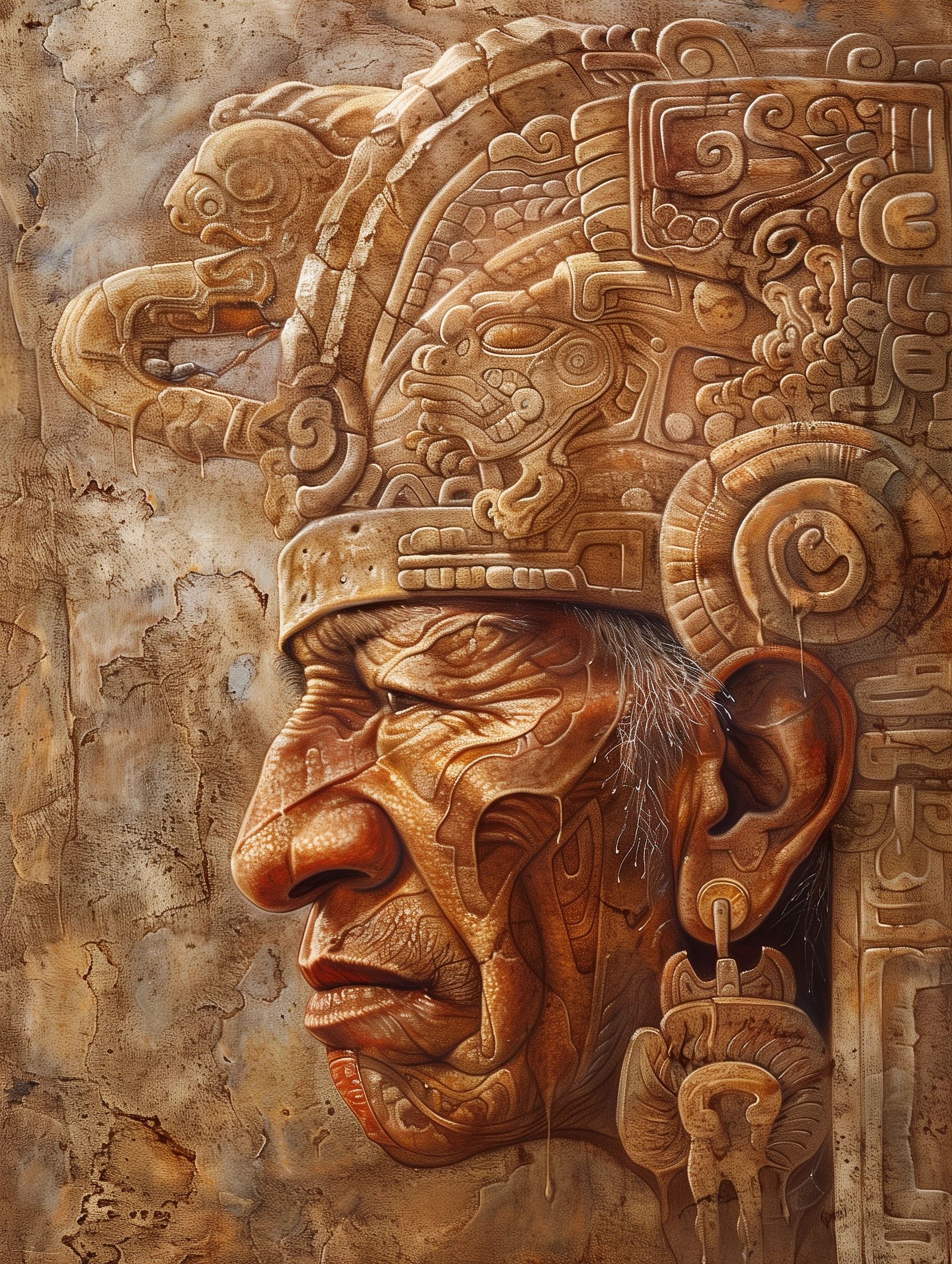
8. The Dwarf of Uxmal
The legend of the Dwarf of Uxmal is a tale set - somewhat unsurprisingly - in the city of Uxmal.
According to the story, a dwarf, magically hatched from an egg, was prophesied to become the ruler of Uxmal. The king, threatened by this prophecy, set the dwarf a series of impossible tasks to prove his worth.
With the help of his magical powers and wisdom, the dwarf completed these tasks, ultimately overthrowing the king and bringing prosperity to Uxmal.
This legend speaks to the Mayan belief in destiny, the power of intellect over brute strength and the magical elements that permeate their folklore.

9. The Camazotz - the Death Bat
In Mayan and Latin American mythology, the Camazotz is a terrifying creature that is said to kill dying men on their journey to the center of the earth.
Physically, it resembles a giant bat, sometimes with a sharp protrusion on the nose and sometimes as a flying head on its own. often associated with night, death and sacrifice.
The Camazotz was believed to possess supernatural powers and was sometimes depicted as a servant of the underworld gods, carrying out their bidding in the mortal realm.
Tales of encounters with the Camazotz served as warnings against recklessness and the dangers of venturing into the unknown.

10. The Ahuizotl - the water cryptid
The Ahuizotl is a fearsome aquatic creature that inhabits rivers, lakes, and cenotes (natural sinkholes).
It's variously described as having the body of a dog or otter with a long tail ending in a human hand. This hand is said to be used to grab and drown unwary victims who venture too close to the water's edge. Step away from the water...
The Ahuizotl is known for its stealth and intelligence, often luring prey with cries that mimic the sounds of a drowning person or a child in distress. Once its victim is within reach, the Ahuizotl pulls them into the depths, never to be seen again.
Legends of the Ahuizotl served as cautionary tales for Mayan people, warning them of the dangers lurking in the waters.
Parents would use stories of the Ahuizotl to teach their children about the importance of water safety and is another legend geared at strengthening our respect for the natural world.
Encounters with the Ahuizotl were believed to be ominous omens, foretelling misfortune or death. Rituals and offerings were sometimes made to appease the creature and ensure safe passage near bodies of water.
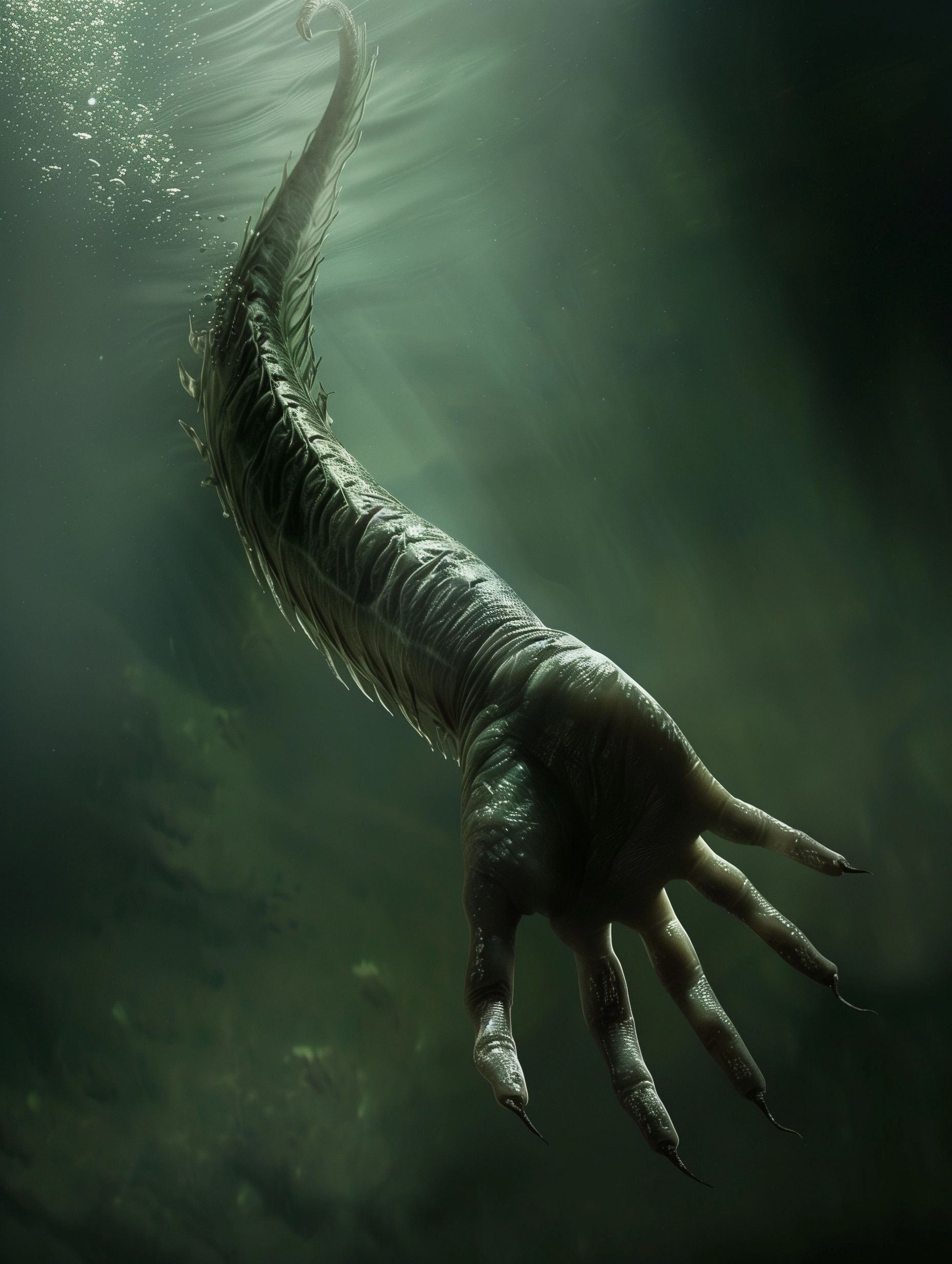

The importance of folklore in modern Mayan culture
Mayan folklore remains an integral part of contemporary Mayan culture.
These tales are recounted during festivals, ceremonies and family gatherings, preserving the cultural heritage and imparting moral lessons to younger generations.
Today, many Mayans continue to honor their ancestral beliefs through rituals and practices that reflect the themes found in their folklore.
The respect for nature, the reverence for gods and spirits and the emphasis on community and resilience are values that continue to shape Mayan society.
Modern interpretations of these tales also serve as a means of cultural education and preservation.
Schools and cultural organizations are increasingly incorporating Mayan folklore into their curricula, ensuring that these stories remain relevant and accessible to new generations.
5 valuable modern lessons we can all learn from Mayan folklore:
From the Popol Vuh: embracing failure as a path to innovation
- Lesson: Just as the gods' multiple failed attempts to create humans eventually led to success, modern innovators must learn that failure is an essential part of the creative process. Embracing and analyzing failures can lead to breakthrough ideas and solutions.
From the Legend of the Aluxes: sustainable living and environmental stewardship
- Lesson: The Aluxes, protectors of nature, reward those who respect the environment and punish those who harm it. This underscores the importance of living sustainably and maintaining a harmonious relationship with nature.
From the tale of Vucub Caquix: the perils of hubris and the value of humility
- Lesson: Vucub Caquix’s downfall due to his arrogance teaches the importance of humility. Recognizing and curbing one’s ego can lead to personal growth and better relationships.
From the story of Ix Chel: the power of healing and renewal
- Lesson: Ix Chel, as the goddess of medicine and fertility, represents cycles of healing and renewal. This emphasizes the importance of self-care and the acceptance of life’s natural cycles.
From the legend of the Dwarf of Uxmal: the strength of intellectual ingenuity over physical power
- Lesson: The dwarf of Uxmal used his wit to overcome challenges and bring prosperity to his people. This highlights the value of intellectual ingenuity and strategic thinking over mere physical strength.
Mayan folklore is packed full to the rim with tales of heroism, resilience and profound wisdom. From the epic trials of those Hero Twins to encounters with mythical creatures like the Ahuizotl, these stories offer timeless lessons that can resonate deeply with our modern lives if we choose to learn from them.
They remind us of the enduring human spirit in facing adversity, the intricate balance of nature and the power of storytelling that sends wisdom across generations.
I always find it endlessly fascinating how our ancestors could live such wildly different lives and yet we learn from the tales they pass down, that the basis of humanity is, at its core, essentially still the same.
And that, dear readers, is why this site began...check out more articles below!
You might also like
Gods & Goddesses of ancient Maya
These ancient deities played a hugely important role in the daily life of the Maya civilization. Learn more about them here.
Take a quick trip into the mystical and sometimes bizarre world of Portuguese folklore.
16 short tales from Indonesian folklore
Including the baby born from a cucumber - read about it now!


